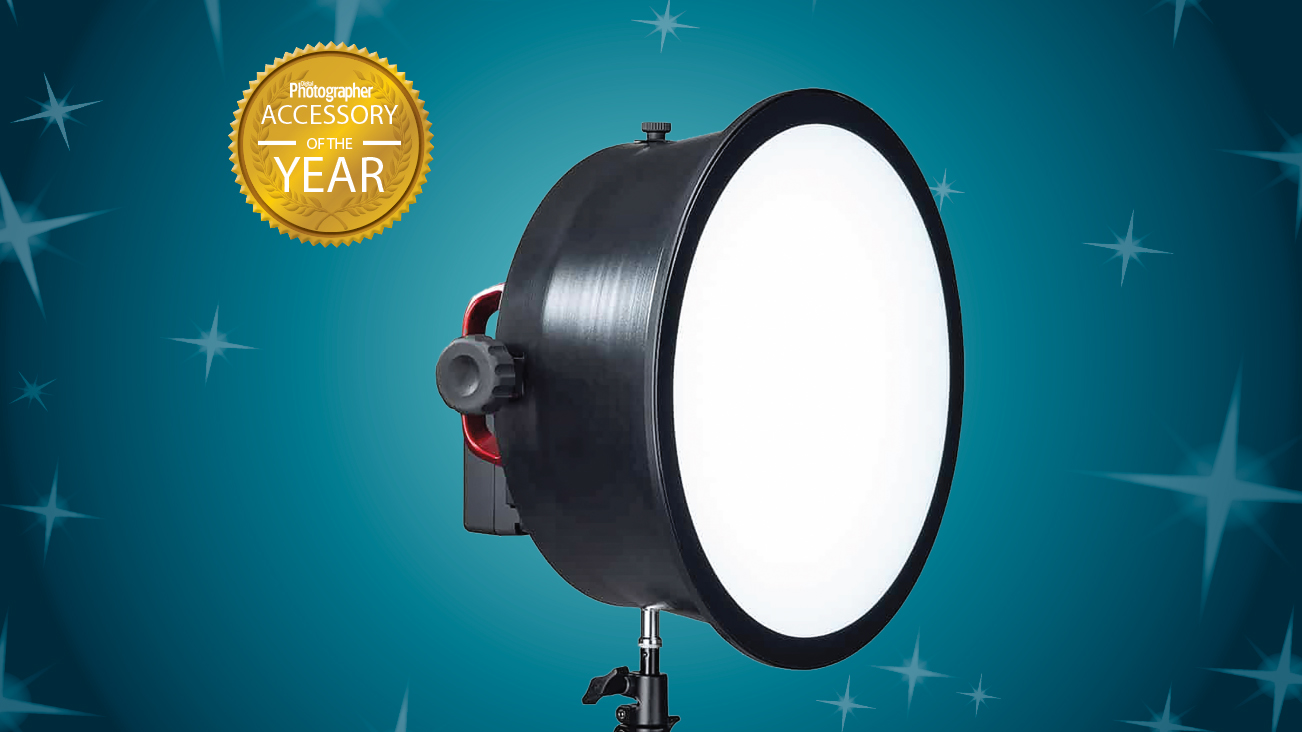
Let’s face it: much as we love softboxes and tripods, they’re not exactly the most scintillating of photographic accessories – at least, not as we knew them. However, as was the case with cameras in 2023, what’s old is new again. Electronic softboxes and tripods have transformed decades-old technology, adding much-needed innovation that changes the way we use these tried-and-tested tools.
Innovation drives technology, but sometimes it’s the other way around. It took LED lighting panels becoming a legitimate technology before it became necessary to innovate a softbox to work with it, for example. Other times, innovation needs technology to catch up – such as adding AI algorithms to turn a standard tripod into something that moves depending on the kind of ground it’s on and becomes a cameraman that can follow you around as you film.
When it comes to software, AI is the great debate of the moment. We’ve seen in the cameras of the year how an authentication coalition is trying to certify images as AI-free at the point of capture. At the same time, image-editing apps are leaning into AI more heavily than ever before – spearheaded by Adobe, which fascinatingly is part of said coalition trying to police AI while also feeding it to a salivating consumer base.
At the end of the day, they’re all just tools, of course. Whether we think that intelligent products threaten the integrity of imaging or we embrace them to improve it, one thing’s for sure: AI isn’t going anywhere. Rather, it’s going everywhere.
Accessory of the Year
Rotolight SmartSoft Box
- Released April 2023
- See our Rotolight Smart Soft Box video review

This is the world’s first electronic softbox and it could well be the future of light modifiers. Designed for the Rotolight Aeos 2 Pro, it replaces the usual frosted diffusion dome seen on many LED lights. At first it doesn’t seem that impressive: it’s just a transparent panel that doesn’t diffuse light at all. However, it’s composed of liquid crystal particles – and once you run some voltage through them, they charge up and scatter the light. Using the rear touchscreen to drag the slider, you watch the transparent panel gradually frost over until it becomes completely opaque. It’s absolutely astonishing technology.
Runner-up
Benro Theta
- Released January 2024
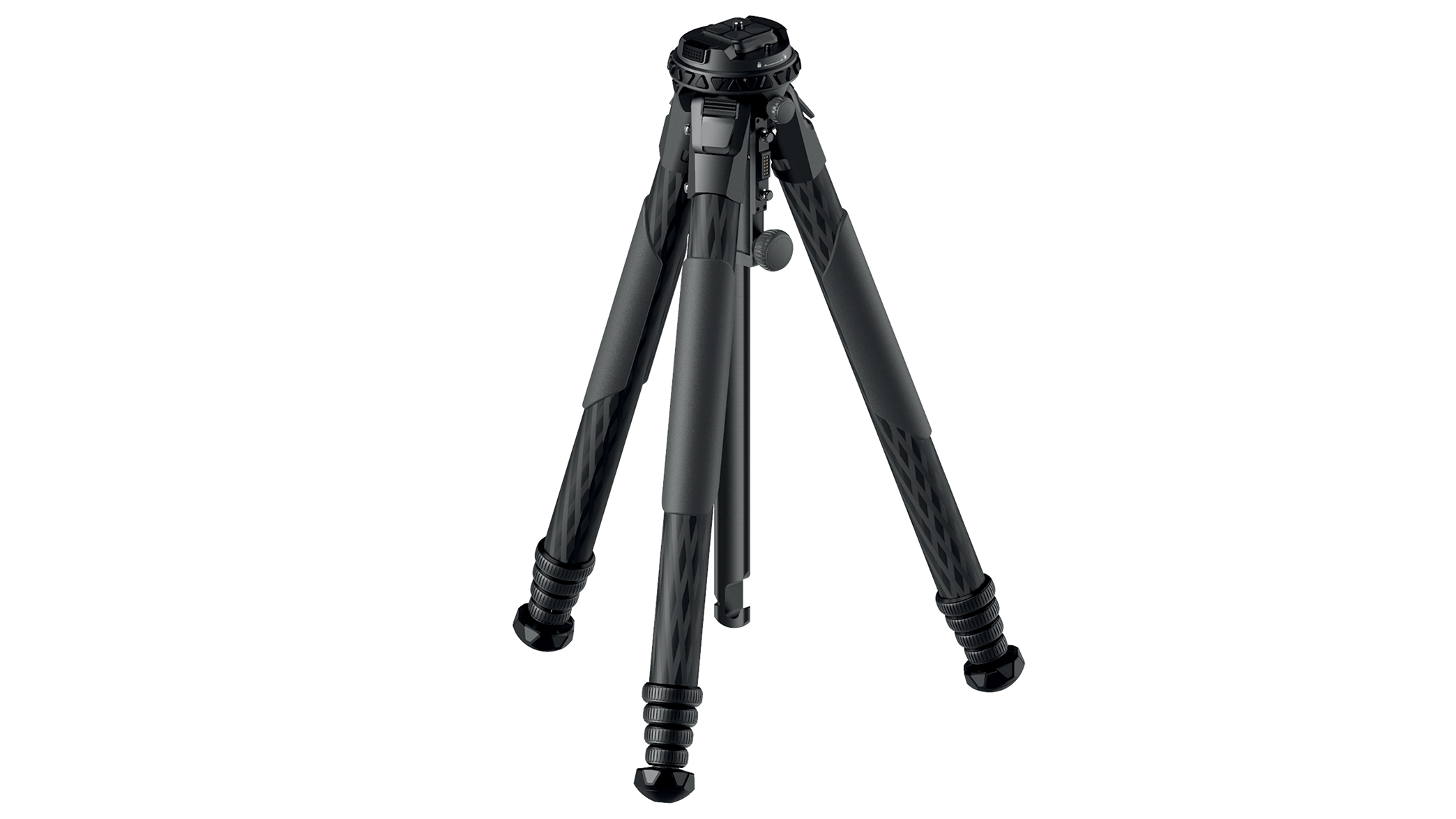
A tripod, one of the year’s best accessories? Yes, but this one is unlike any you’ve seen before. This intelligent modular tripod automatically levels itself, making sure that your horizon is level and your camera is perfectly balanced on uneven terrain. If you forget to do it manually, the legs can automatically lock to protect your camera from falls and optional Smart Modules can be installed (for functions such as remote camera control or track-and-follow for live streaming). In short, this is more like a robot than a camera tripod and seeing it move and adjust itself is a sight to behold.
Hobolite lights
- Released January 2024
- See our Hobolite Avant & Mini Lite review
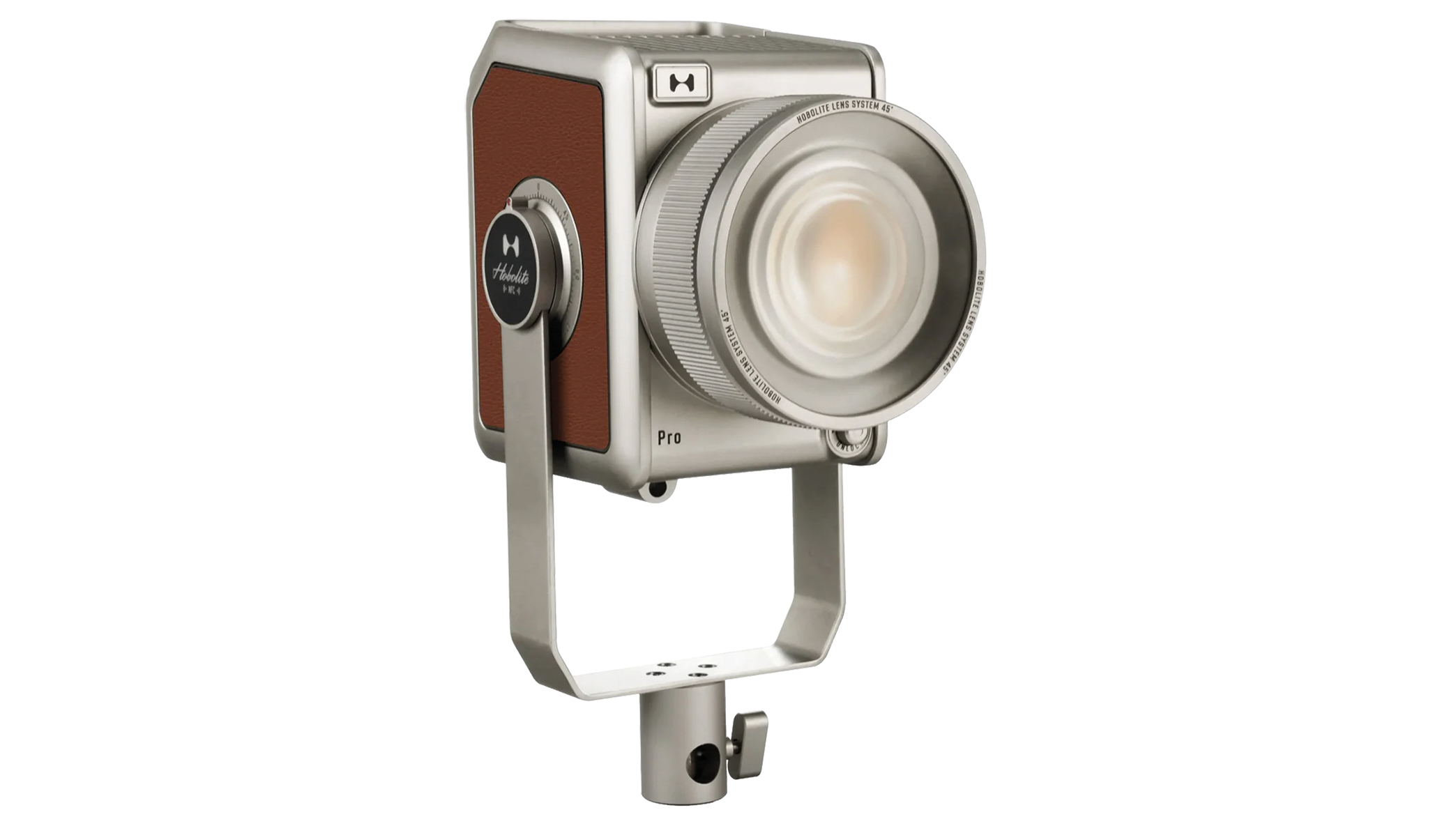
If you’re the sort of photographer who loves the style-as-substance Nikon Z f, then you’re probably going to love the line of similarly retro-tastic LED lights from Hobolite. With a vintage aesthetic that looks like an old Hasselblad body, this family of lights – the Pro, Avant, Mini and Micro – offer a tactile combination of knobs and buttons as well as the touchscreen immediacy of a smartphone app. With accessories from barn doors to diffusion domes that snap on and off magnetically, this is a remarkably adaptable continuous lighting system for both stills and video.
Rode Wireless Pro
- Released January 2024
- Review It’s not the cheapest wireless mic option by any means, but the mic kit ticks just about every box
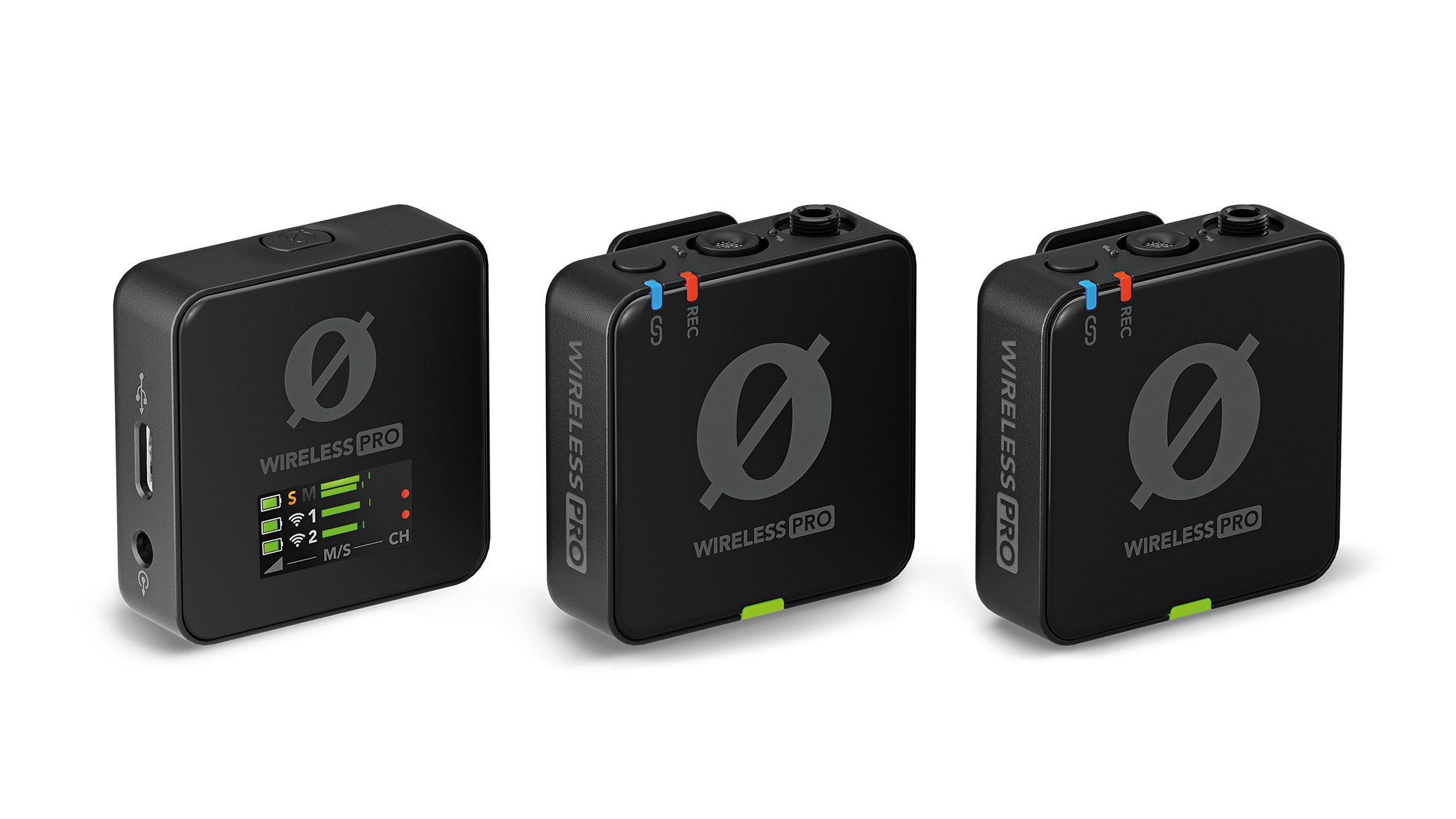
In 2019, Rode redefined the microphone game when it launched the Wireless Go range and it has now reached its final form with the Wireless Pro. Rode calls it “the most powerful wireless microphone ever” and, for once, that’s not just hyperbolic marketing: this really is the ultimate in wireless mics. Major upgrades include 32-bit float on-board recording, 32GB of internal storage and ‘near zero’ latency, along with a ‘safety channel’ as a backup in case of clipped audio. It’s a professional solution with a professional price tag, but you’ll never need to worry about bad or lost audio again.
Software of the Year
Adobe Firefly

In launching Firefly, Adobe began integrating generative AI into Photoshop and Lightroom – Trojan-horsing some of the most powerful editing tools ever conceived into the laptops and web browsers of users everywhere. More than just an image generator, Firefly powers new tools such as Generative Fill (which removes unwanted objects in ways that the Clone Stamp could never even dream of) and Generative Expand (which expands backgrounds seamlessly). It’s undeniably incredible, but also blurs the line between legitimate editing and representing reality more than ever.
Runner-up
DALL•E3
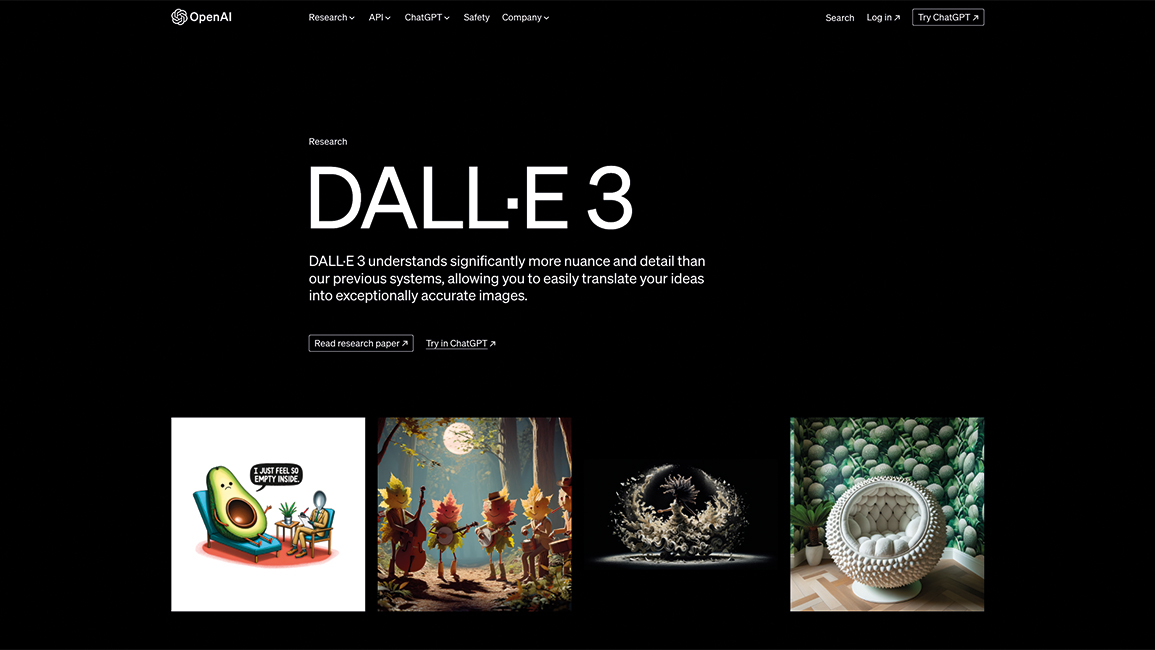
This is likely to cause controversy, as it’s generative AI software and not photographic software. However, something fascinating happened in 2023: Boris Eldagsen won a category at the Sony World Photography Awards by surreptitiously submitting an image generated with DALL•E. Although he rejected the award, the incident highlighted just how major an issue the previously lighthearted subject of AI imaging had become. Now, varying flavours of AI photography are being legitimised. AI will never replace photography, but it sure is challenging notions of what it is.
Mylio Photos
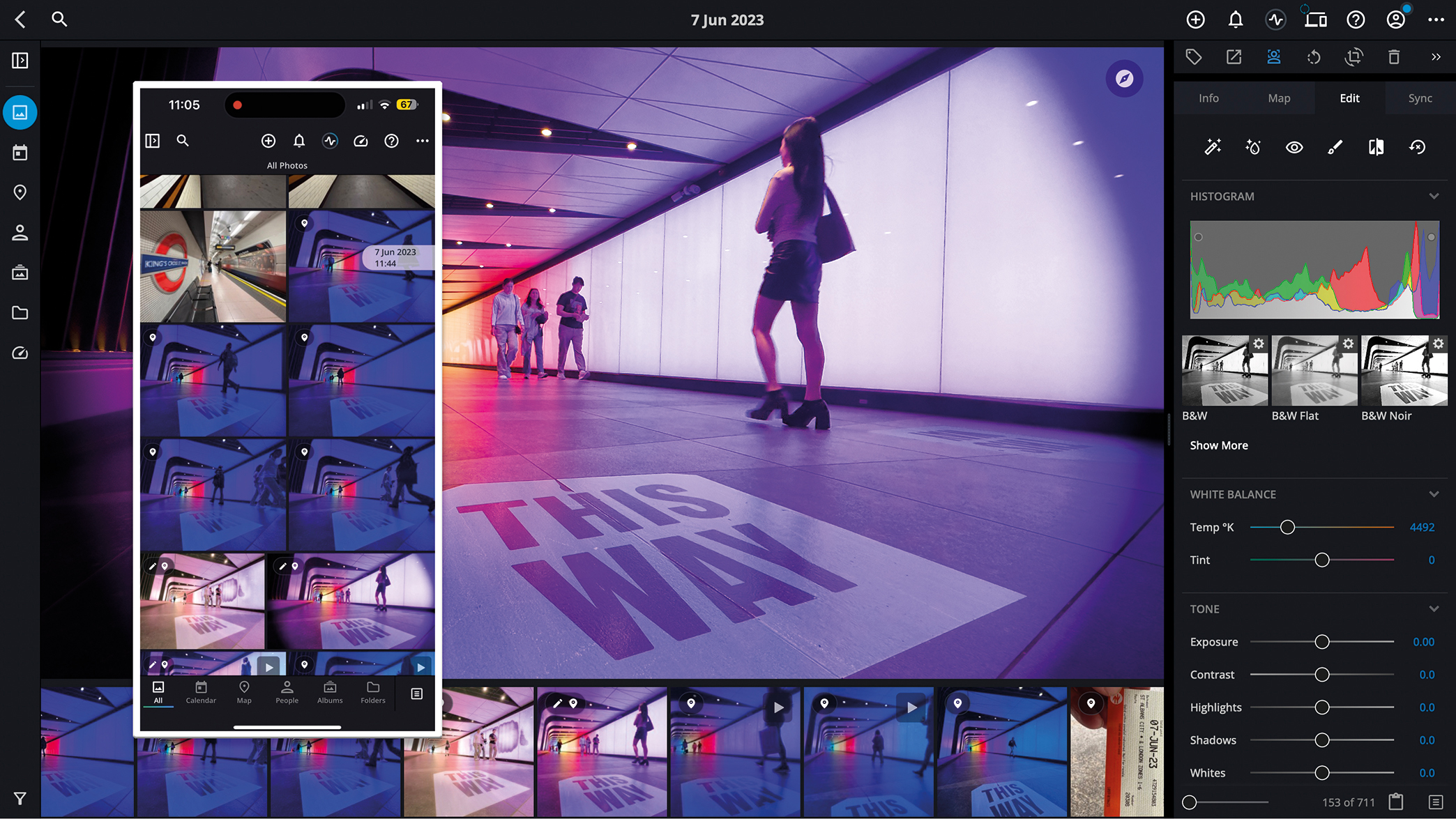
The latest update to Mylio Photos continues the application’s mission to gather and catalogue all your photographs and memories in one place – something that’s increasingly needed, in a world where we download camera images to a laptop, AirDrop photos to our iPads, WhatsApp images to our phones and back things up to the cloud. How do we keep track of everything, let alone find things we’re actually looking for? Enter Mylio, which supports everything from Apple to Android and Frame.io to Instagram. And, you guessed it, AI makes it all possible.
See our full Mylio Photos+ review







